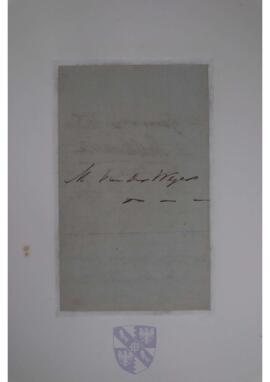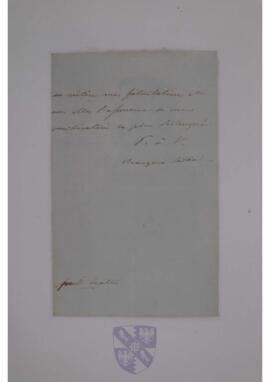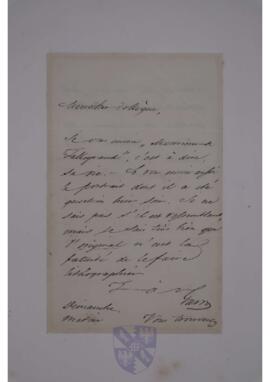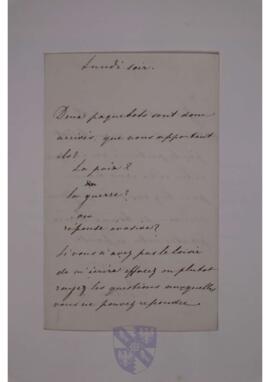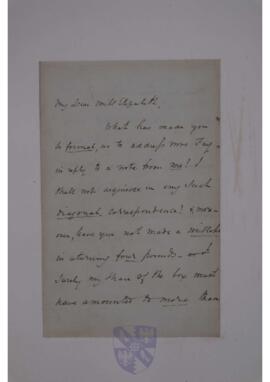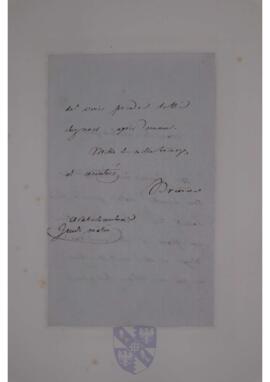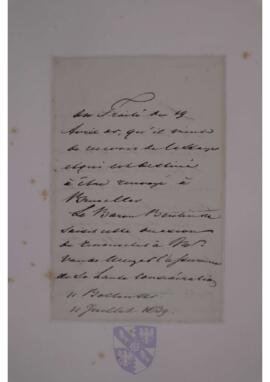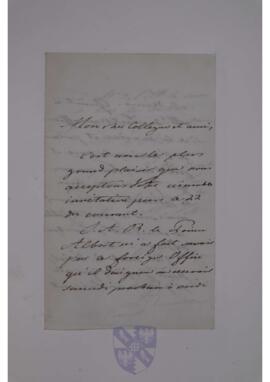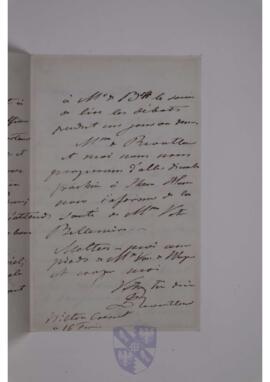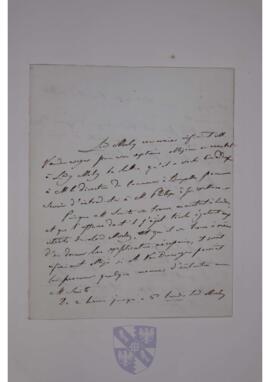Offprints and articles concerning Pepys and the Pepys Library bound into albums. Formerly known as the 'Miscellaneous Pamphlets' volumes.
List of contents:
-
Matthews, A.G. (1930). 'Mr Pepys and Nonconformity', Congregational Historical Society Transactions, 11(2), pp. 67-78.
-
Foster, J. (1951). 'John Birchensha, Fifth Monarchy Man', The London Quarterly and Holborn Review, pp. 311-318.
-
Wilson, E.M. (1954). 'Félix Persio Bertiso's "La Harpa de Belén"', Atlante, 2(3), pp. 126-136. [With letter from the author to "dick"].
-
Heal, A. (1955). 'Old London Bridge Tradesman's Cards and Tokens', in G. Home, Old London Bridge, London: John Lane, pp. 308-331.
-
Wilson, E.M. (1955). 'Quevedo for the Masses', Atlante, 3(4), pp. 126-136.
-
Heawood, E. (1924). 'Use of Watermarks in Dating Old Maps and Documents', The Geographical Journal, pp. 392-412.
-
Chappel, E. (1931). Catalogue of Pepysiana belonging to Mr. Edwin Chappell, exhibited at the Annual General Meeting of the Society for Nautical Research, held at the Royal Naval College, Greenwich, 8th July 1931. [Includes MS addenda].
-
Lightbown, J. (1952). 'A Shorter Metrical Version of "The Gast of Gy"', The Modern Language Review, 47(3), pp. 323-329. [Includes MS note from the author to "Dr. Ladborough"].
-
Dummer, E. (1890). 'A Brief Journall of the Western Rebellion', Proceedings, Royal Artillery Institution, 4(18). [Includes letters to "Sir" from Maurice Page, dated June 1925].
-
Richards, R.D. (1933). 'Mr. Pepys and the Goldsmith Bankers', Economic History, 2(8), pp. 500-520. [Includes letter to "Mr Turner" from the author].
-
Wilson, E.M. (1954). '"La Harpa de Belén", de Félix Persio Bertiso', Archivo Hispalense, 67-68.
-
(1952). The Caxtonian: The House Journal of Mardon, Son & Hall, Ltd., 2(9).
-
Powell, L.C. (1950). 'From Private Institution to Public Institution: The William Andrews Clark Memorial Library', The Library Quarterly, 20(2), pp. 101-108.
-
Ranft, B. McL. (1952). 'The Significance of the Political Career of Samuel Pepys', 14(4), The Journal of Modern History, pp. 368-375.
-
Jackson, W.A. (1951). 'Tunc et Nunc: or the Pepys and Taylor Collections of Early Books on Navigation', pp. 195-201.
-
Ehrman, J.P.W. (1948). 'The Official Papers Transferred by Pepys to the Admiralty by 12 July 1689', The Mariner's Mirror, 34(4), pp. 255-270.
-
Wilson, E.M. (1955). 'Some Poems from Samuel Pepys Spanish Chap-Books', Bulletin of Hispanic Studies, 32(4), pp. 187-193.
-
Rollins, H.E. (1921). 'Notes on Some English Accounts of Miraculous Fasts', The Journal of American Folk-Lore, 34(134), pp. 361-376.
-
Blagden, C. (1953-5). 'Notes on the Ballad Market in the Second Half of the Seventeenth Century', Studies in Bibliography, 6, pp. 161-80.
-
Baldridge, H.A. (1938). 'Ship Models - The Collections of Rogers, Sergison and Pepys', United States Naval Institute Proceedings, 64(11), pp. 1553-1566.
-
Munby, A.N.L. (1952). 'The Distribution of he First Edition of Newton's Principia', Notes and Records of the Royal Society of London, 10, pp. 28-39.
Framed coloured engraving of the interior of the Chapel by Ackermann, 1815 showing how it looked before the 1847-1851 restoration. The scrolls and central rosette on the ceiling and the paster arch spanning the east end can be seen. [Same as MCPH/1/4/7].
